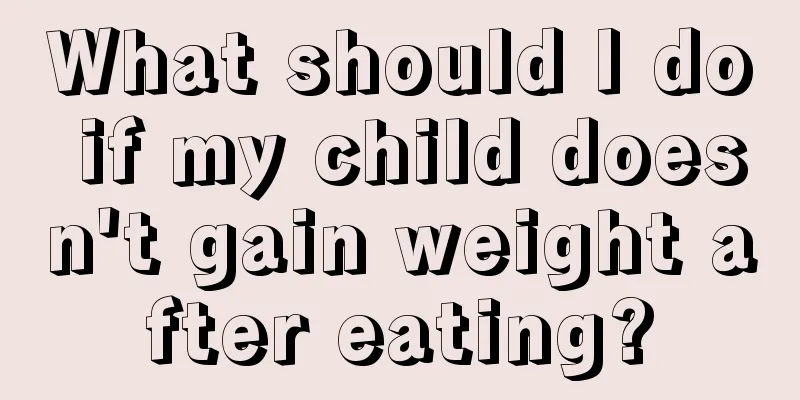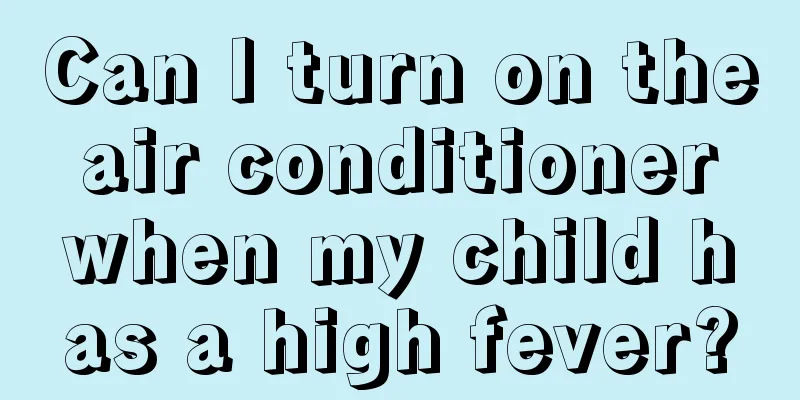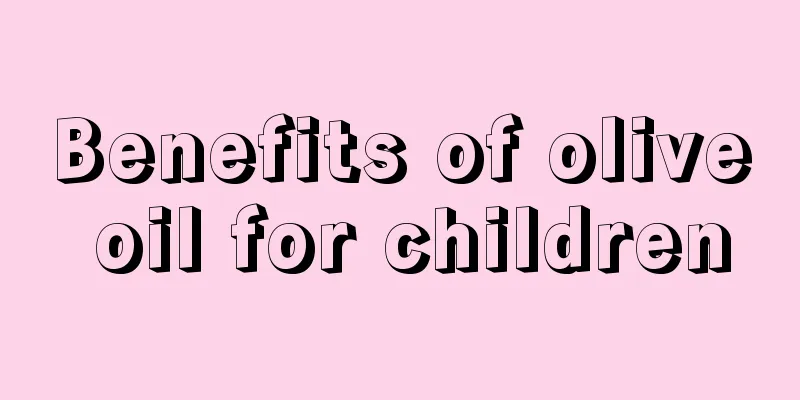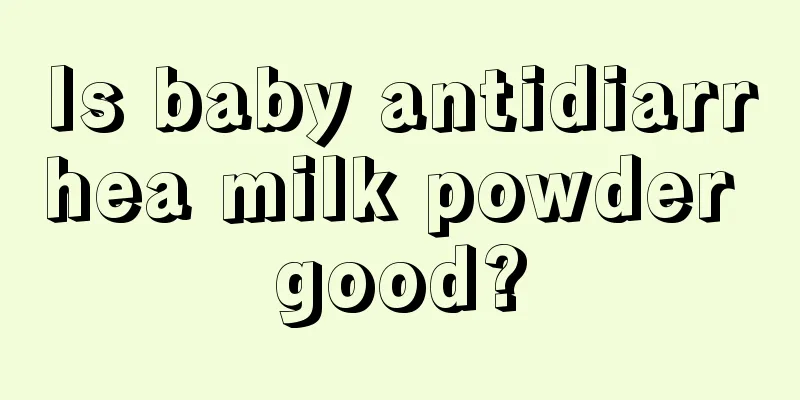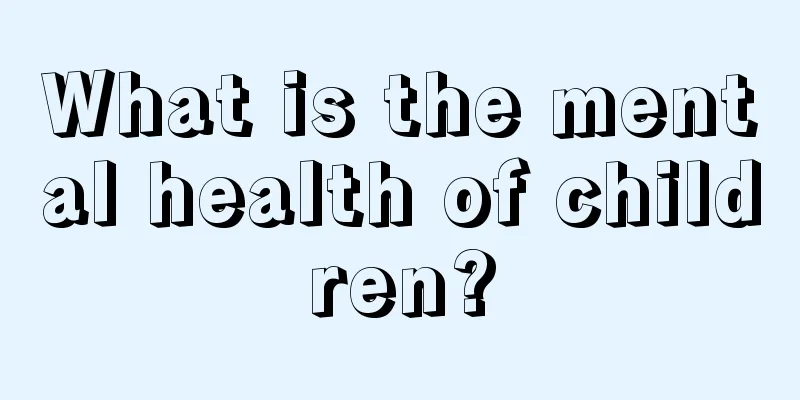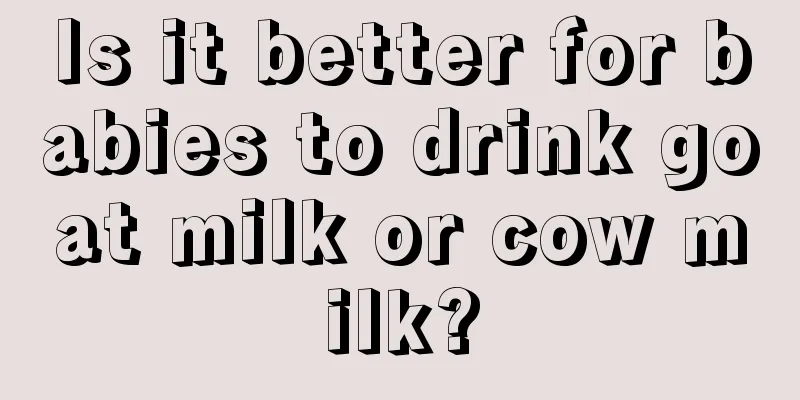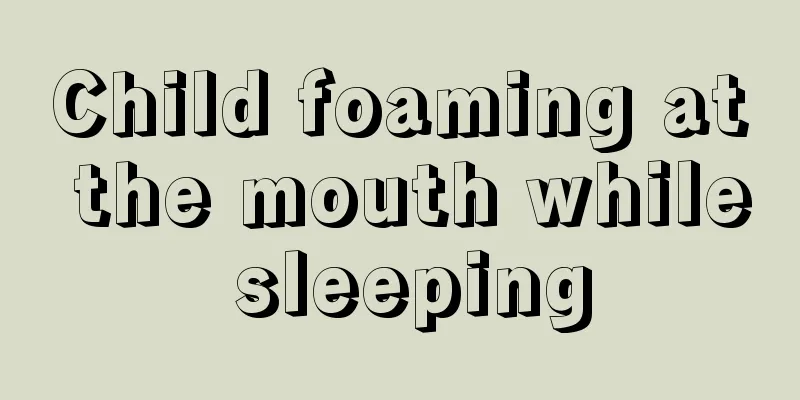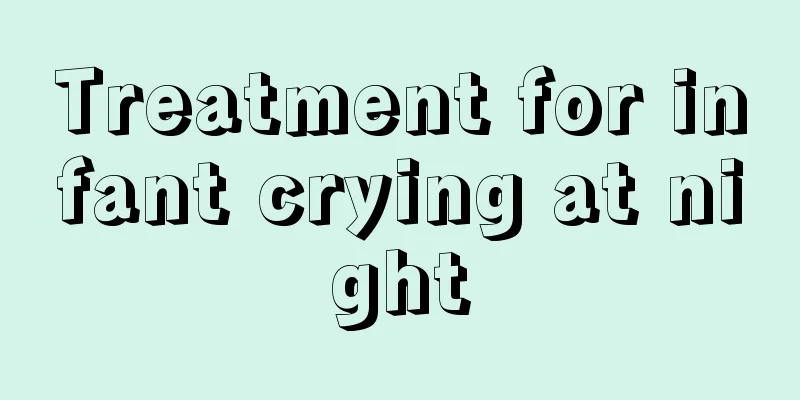What to do after children swim?
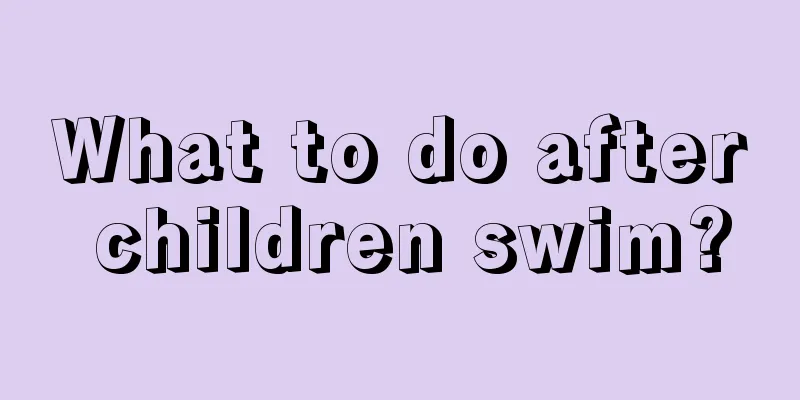
|
This summer is so hot that I can feel the burning pain when the sun shines on my body. Therefore, many parents choose to take their children to the swimming pool to swim to cool off, which can effectively reduce the heat in their children. However, many parents find that their children catch a cold after swimming, which gives them a headache. What should they do? So, why do children catch a cold after swimming, and is there any way to relieve it? Baby's fever below 38.5℃: Physical cooling Generally speaking, there are three types of baby fever: low fever 37.5 degrees Celsius - 38 degrees Celsius; moderate fever 38.1 degrees Celsius - 39 degrees Celsius; high fever 39.1 degrees Celsius - 40 degrees Celsius. Generally speaking, if If the baby's body temperature is below 38.5℃ and he is not feeling particularly uncomfortable and in good mental state, that is, he eats, sleeps and plays as usual, the mother does not need to rush to give the baby medicine; physical cooling is more appropriate.Recommended method: Don’t cover your baby’s sweat blindly: Some parents believe that covering their baby’s fever will help him get better faster. But in fact, it is not easy to dissipate body heat in this way, especially in the hot summer, it is easy to get "heatstroke". For infants under 3 months old, opening their clothes and quilts and letting them wear less clothes may have the effect of gradually reducing their temperature. Generally speaking, babies with high fever should not be covered with thick quilts and should wear less clothes. Wiping the body to cool down: Mothers can use 75% alcohol and add an appropriate amount of warm water to physically cool the baby down. However, it should be noted that alcohol can be used to wipe the forehead, armpits, thighs and neck, but never the chest. Drink more water and urinate: Babies with fever should drink more water to increase urine volume, which can promote the excretion of toxins in the body. At the same time, attention should be paid to replenishing the electrolytes lost by the body. Mothers can let the baby drink some glucose water or light salt water appropriately. Baby's fever 38.5℃ to 39℃: Take appropriate medicine When the baby's fever is around 38.5℃-39℃, the following physical cooling methods can be adopted at home first. The mother can also consider letting the baby take antipyretics. The principle of taking antipyretic drugs is to use one medicine at a time to relieve the baby's discomfort and prevent the baby from having high fever convulsions. Recommended method: Use antipyretics: The effectiveness of antipyretics from highest to lowest is: ibuprofen, acetaminophen, metamizole, compound aminopyrine and aspirin. The most commonly used is syrup containing paracetamol, which has mild side effects when used in regular doses for a short period of time and can be used as the first choice antipyretic drug. If your child cannot tolerate oral medications, rectal suppositories may be an option. Warm and wet compress: Apply a large warm, wet, and semi-dry towel to the baby's chest and abdomen, but be careful not to turn on the air conditioner to prevent the room temperature from being too low and causing a chill that worsens the cold. In addition, you can also use a few slightly cool wet towels (about 25℃), wring them into half dry, and place them on the baby's forehead, neck, armpits and thighs for cold compresses. Change them every 5 to 7 minutes. The cool feeling can make the baby much more comfortable. Apply ice or use an ice pillow: Place an ice pack on the baby's forehead or both sides of the neck, or on the armpits and bilateral groin areas. To make a homemade ice pack, put crushed ice into a plastic bag, add an appropriate amount of cold water, squeeze out the air, and tie the bag. Or you can let your baby sleep with an ice pillow, which can help the baby dissipate local heat and reduce fever. But be sure to wrap a layer of cloth around the ice bag to prevent local frostbite on the baby's skin. Generally, ice compresses and ice pillows are only suitable for older babies. For babies under 6 months old, you can use fever-reducing patches on the market to relieve the discomfort caused by high fever. Physical cooling for children's fever. Baby's fever is 39 degrees. What to do if the fever is caused by tonsillitis? What to do if the child's fever does not go away? What medicine to take for children with fever? What food to eat for children with fever? Baby's fever is 39℃ to 40℃: warm water sponge bath When the baby's fever reaches 39℃-40℃, it is considered a high fever. In addition to taking medicine, mothers are advised to combine warm water baths to help babies enhance blood circulation and reduce high fever temperatures. Recommended method: Wipe the body with warm water: When the baby has a fever, use 40 to 50 degrees warm water to wipe the neck, armpits, elbows, thighs and other places where large blood vessels are located to help the baby cool down. Cooling down with a warm water bath: You can also give your baby a warm water bath. During the bath, soak the baby's entire body (except the head) in water slightly lower than body temperature by 2°C. At the same time, use a warm, wet towel (37°C) to rub the baby's limbs, chest and back evenly to expand the blood vessels on the skin surface to promote heat dissipation. Rub the limbs and back for 3 to 5 minutes each, and stay for a little longer in the armpits, groin and other areas with rich blood vessels. Taking a bath for about 10 to 15 minutes each time, about once every 4 to 6 hours, will help promote your baby's blood circulation. If your baby has a fever over 40°C: See a doctor immediately Infants and young children can easily have a fever as high as 40°C, and often suffer convulsions due to high fever, such as loss of consciousness, fixed or upward eyeballs, head and neck tilted back, facial and limb convulsions, and other critical symptoms. Therefore, when the baby's fever exceeds 40℃, he should be sent to the hospital for medical treatment immediately. Suggested approach Seek medical attention immediately: If your baby has a fever over 40°C (especially for babies under 3 years old), and the fever is not caused by vaccination; there is a burning sensation when urinating; the fever recurs after more than 24 hours; and the fever lasts for more than 72 hours, it is recommended to seek medical attention immediately to ensure your baby's safety. In fact, parents have good intentions in taking their children to the swimming pool to cool off, but it is very uncomfortable if the children catch a cold as a result. Therefore, once your child catches a cold, be sure to remember the above methods to relieve your child's discomfort. |
<<: What should I do if my two-year-old child has a fever?
>>: How to treat pinched foot syndrome
Recommend
Can children eat watermelon when they have a cold or fever?
We all know that children's physical resistan...
How long does it take for a baby to have a bath after eating?
You cannot take a shower immediately after a meal...
Newborn milking method
From ancient times to the present, our ancestors ...
What to do if your child swallows a coin
Children have no sense of danger. They are just v...
What kind of milk powder is good for a three-year-old child
Some children grow up drinking milk powder. Since...
How to treat asthma in children in life?
In our current lives, we often find that today’s ...
Do you know how to effectively relieve nasal congestion in children?
When children catch a cold, the most obvious symp...
How to train children to concentrate
It is children's nature to like playing and e...
What are the causes of throat polyps in children?
Polyps always make people feel uncomfortable. The...
What to do if your child has dry lips
In autumn or winter, the weather will become very...
What foods can help children with eczema get better quickly?
When a mother finds out that her baby has eczema,...
What are the effects of blue light exposure on children?
Blue light therapy is an important treatment opti...
What are the seven-month-old baby's diet
The baby can already sit at 7 months old. This is...
What are the treatments for neonatal rickets?
Neonatal rickets is mostly caused by a lack of vi...
One-year-old baby has a lot of eye mucus
Eye mucus is a natural secretion of the eyes, and...
